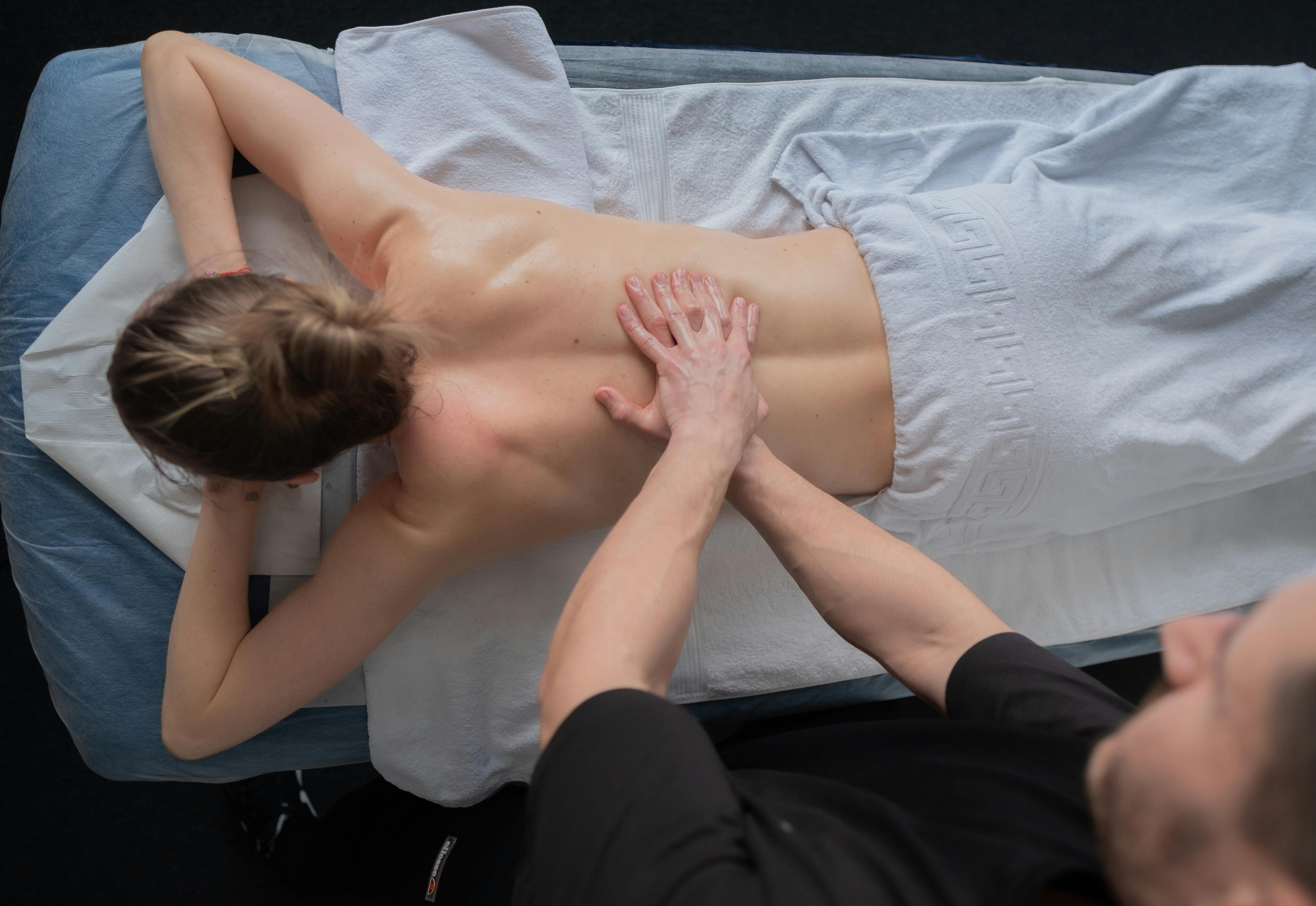If you’re one of the many people facing the challenge of varicose veins, you’re probably wondering about the cost of treatment with insurance. And let’s be honest, cost is a significant factor when it comes to making healthcare decisions. After all, we all want to receive the best care possible without breaking the bank. In this article, we’ll explore the cost of varicose vein treatment with insurance, giving you the insights you need to make an informed decision about your healthcare options. So, if you’re ready, let’s dive in and find out what you can expect in terms of expenses for this common condition.

join our newsletter to get alerts
Factors Affecting the Cost of Varicose Vein Treatment
Varicose veins are a common condition that affects many individuals. If you are considering treatment for varicose veins, it is important to understand the various factors that can affect the cost of the treatment. By being aware of these factors, you can better plan and budget for your treatment.
Type of Treatment
The type of treatment you choose for your varicose veins can greatly impact the cost. There are several different types of treatments available, each with its own price range. Some of the most common treatments include:
- Sclerotherapy
- Endovenous Laser Treatment (EVLT)
- Radiofrequency Ablation (RFA)
- Vein Stripping
- Ambulatory Phlebectomy
- Laser Surgery
The cost of each treatment can vary depending on factors such as the complexity of the procedure and the equipment used. It is important to consult with your healthcare provider to determine which treatment option is best for you and to get an accurate estimate of the cost.
Severity of Condition
The severity of your varicose veins can also impact the cost of treatment. Varicose veins are often classified using the CEAP classification system, which takes into account factors such as the size of the veins, the presence of skin changes, and the symptoms experienced. The more severe your varicose veins are, the more extensive and costly the treatment may be.
Mild varicose veins may only require minimal treatment, such as sclerotherapy, which is less expensive compared to more severe cases that may require procedures like endovenous laser treatment or radiofrequency ablation. It is important to consult with a vein specialist to assess the severity of your condition and determine the most appropriate treatment option.
Geographic Location
Where you live can also impact the cost of varicose vein treatment. The cost of living can vary greatly depending on your geographic location, and this can affect the cost of medical procedures. Urban areas tend to have higher medical costs compared to rural areas due to factors such as higher overhead expenses and higher demand for services. Additionally, there may be cost disparities between different states, so it is important to consider your location when budgeting for varicose vein treatment.
Insurance Coverage
Insurance coverage plays a significant role in the cost of varicose vein treatment. Some insurance plans may provide coverage for certain types of treatments or based on the severity of the condition. It is important to review your insurance policy or contact your insurance provider to understand the extent of the coverage available to you.
In-Network vs. Out-of-Network Providers
Choosing between in-network and out-of-network providers can also impact the cost of varicose vein treatment. In-network providers have a contractual agreement with your insurance provider, which often results in lower out-of-pocket costs for patients. Out-of-network providers, on the other hand, may incur higher costs that are not covered by insurance, resulting in increased out-of-pocket expenses for the patient. It is important to check with your insurance provider to determine which providers are in-network and to understand the cost implications of choosing an out-of-network provider.
Cost Range for Varicose Vein Treatment
The cost of varicose vein treatment can vary depending on the type of treatment and the severity of the condition. Here is a general cost range for some common varicose vein treatments:
- Sclerotherapy: $200-$1,000 per session
- Endovenous Laser Treatment (EVLT): $1,500-$3,000 per leg
- Radiofrequency Ablation (RFA): $1,500-$3,000 per leg
- Vein Stripping: $1,000-$5,000 per leg
- Ambulatory Phlebectomy: $1,500-$3,000 per leg
- Laser Surgery: $600-$3,000 per leg
It is important to note that these costs are just estimates and can vary depending on various factors such as the geographic location, provider fees, and insurance coverage. It is recommended to consult with your healthcare provider to get a more accurate estimate of the cost based on your specific circumstances.

Severity of Varicose Veins and Treatment Cost
The severity of your varicose veins can impact the cost of treatment. The CEAP classification system is commonly used to classify varicose veins based on their severity. The classification takes into account factors such as the size of the veins, the presence of skin changes, and the symptoms experienced.
Mild varicose veins, classified as C0 or C1 according to the CEAP classification, may only require minimal treatment such as sclerotherapy. The cost for treating mild varicose veins is generally lower compared to more severe cases that require procedures like endovenous laser treatment or radiofrequency ablation.
Moderate and severe varicose veins, classified as C2, C3, or C4, may require more extensive treatment options such as vein stripping, ambulatory phlebectomy, or laser surgery. These procedures may involve more advanced techniques and equipment, leading to higher costs. It is important to consult with a vein specialist to assess the severity of your condition and determine the most appropriate treatment option.
Geographic Location and Treatment Cost
The cost of varicose vein treatment can vary depending on your geographic location. Urban areas typically have higher medical costs compared to rural areas due to factors such as higher overhead expenses and demand for services. Providers in urban areas may also have access to more advanced equipment and techniques, which can contribute to higher treatment costs.
Additionally, there may be cost disparities between different states. Factors such as local regulations, competition among healthcare providers, and the overall cost of living in a particular state can influence treatment costs. It is important to consider your geographic location when budgeting for varicose vein treatment and to research and compare costs in different areas.

Understanding Insurance Coverage
Insurance coverage is an important factor to consider when budgeting for varicose vein treatment. While different insurance plans have varying coverage policies, some treatments for varicose veins may be covered.
Certain types of varicose vein treatments, such as endovenous laser treatment and radiofrequency ablation, may be covered by insurance if they are deemed medically necessary. However, coverage may depend on factors such as the severity of the condition and the presence of symptoms. It is essential to review your insurance policy or contact your insurance provider to understand the coverage available to you.
Insurance requirements and criteria may also affect coverage for varicose vein treatment. Pre-authorization may be required, which involves obtaining approval from your insurance provider before undergoing a specific treatment. Documentation from your healthcare provider, such as medical records and test results, may also be required to support the medical necessity of the treatment. It is important to understand the specific requirements of your insurance plan to ensure coverage for varicose vein treatment.
In-Network vs. Out-of-Network Providers
Choosing between in-network and out-of-network providers can impact the cost of varicose vein treatment. In-network providers have a contractual agreement with your insurance provider, resulting in lower out-of-pocket costs for patients. These providers typically have negotiated rates with insurance companies, reducing the overall cost of the treatment. It is recommended to choose an in-network provider whenever possible to minimize expenses.
Out-of-network providers, on the other hand, do not have a contract with your insurance provider. This means that the services provided by these providers may not be covered by your insurance or may be subject to higher out-of-pocket costs. It is important to check with your insurance provider to determine which providers are in-network and to understand the cost implications of choosing an out-of-network provider.
Out-of-Pocket Expenses
Even with insurance coverage, varicose vein treatment may still involve some out-of-pocket expenses. It is essential to understand these potential expenses to accurately budget for your treatment. Here are some common out-of-pocket expenses associated with varicose vein treatment:
- Deductibles: The amount you must pay before your insurance starts covering the costs.
- Co-payments: Fixed amounts you are required to pay for specific services, such as doctor visits or treatments.
- Co-insurance: A percentage of the total cost that you are responsible for after reaching your deductible.
- Coverage Limits: Some insurance plans may have coverage limits that may affect the overall cost of treatment.
- Flex Spending Accounts (FSAs) and Health Savings Accounts (HSAs): These accounts allow you to set aside pre-tax dollars to pay for eligible medical expenses. Utilizing these accounts can help offset some out-of-pocket costs for varicose vein treatment.
It is advisable to review your insurance policy and consult with your insurance provider to understand the specific out-of-pocket expenses associated with varicose vein treatment under your plan.
Strategies to Minimize Costs
To minimize the costs associated with varicose vein treatment, consider the following strategies:
- Insurance research and comparison: Research different insurance plans to find the one that offers the best coverage for varicose vein treatment. Compare different plans based on premiums, coverage limits, deductibles, and co-payments to find the most cost-effective option for your needs.
- Inquiring about cash-pay discounts: Some healthcare providers may offer discounts for patients paying in cash or without insurance coverage. Inquire about cash-pay discounts and negotiate the cost of treatment if you are paying out-of-pocket.
- Opting for in-network providers: Choosing in-network providers can significantly reduce out-of-pocket costs as these providers have negotiated rates with your insurance company. Check with your insurance provider to determine which providers are in-network and choose them whenever possible.
- Negotiating with providers: If you are paying out-of-pocket or have a high deductible, consider negotiating with your healthcare provider to lower the cost of treatment. Some providers may be willing to offer discounts or payment plans to make treatment more affordable.
- Utilizing patient assistance programs: Some pharmaceutical companies and charitable organizations offer patient assistance programs for individuals who are unable to afford their medications or treatments. These programs may provide financial assistance or discounts on the cost of varicose vein treatment. Research and apply for any relevant programs that may help offset your costs.
- Applying for financial aid: If you have limited financial resources, you may be eligible for financial aid or assistance through government programs or nonprofit organizations. These programs can help cover the cost of medical treatments, including varicose vein treatment. Research local resources and eligibility criteria to determine if you qualify for financial aid.
By employing these cost-saving strategies, you can minimize the financial burden associated with varicose vein treatment and ensure access to the care you need.
Conclusion
When considering varicose vein treatment, it is important to consider the various factors that can affect the cost. Factors such as the type of treatment, severity of the condition, geographic location, insurance coverage, and choice of provider can all impact the overall cost of treatment. By understanding these factors and exploring strategies to minimize costs, you can make informed decisions and ensure access to affordable varicose vein treatment. Consult with a vein specialist and your insurance provider to gather accurate cost estimates and explore all available options to meet your needs and budget.
